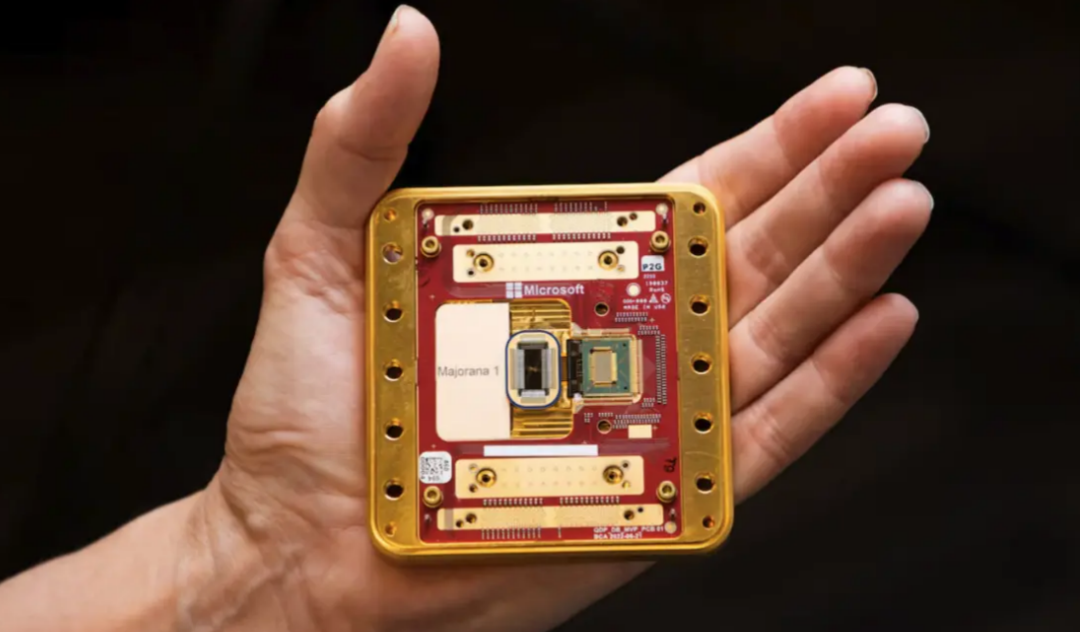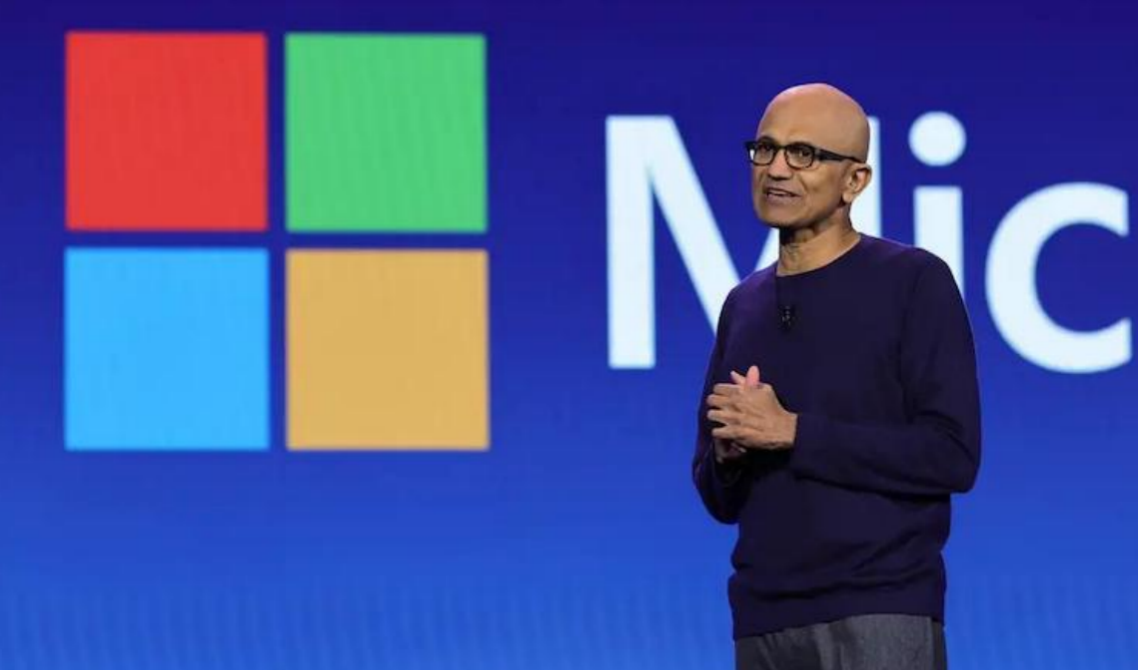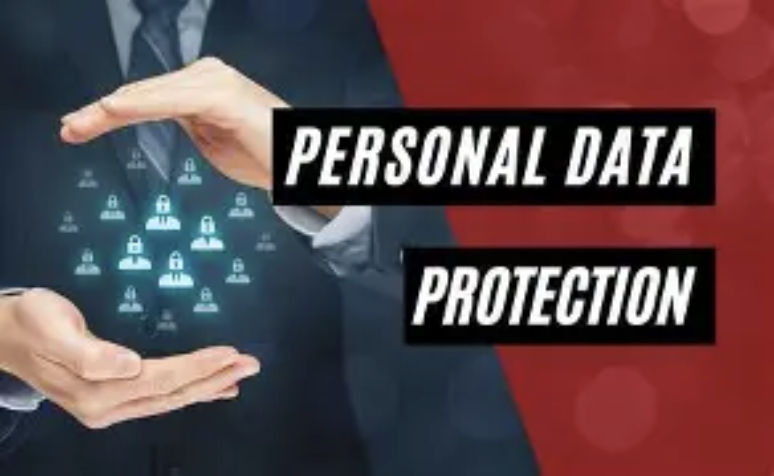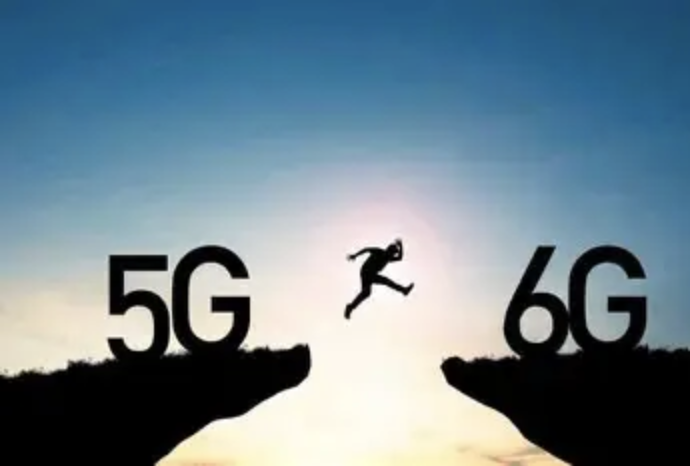Microsoft's New Processor Could Revolutionize Quantum Computing
Quantum computing, a technology that sounds like something from a science fiction novel, is gradually becoming a reality. It could be used to crack passwords, develop new products, and even predict the weather for the coming year. To understand the magic of quantum computing, we need to start with a simple question: how do computers actually work? Imagine you draw a few boxes on paper, and each box can hold a number. This number can either be o or 1. You can think of these boxes as the "bits" of a computer. The computers we use every day work by filling these boxes with different Os and 1s to perform various tasks.

Now, quantum computing is like adding a magical ability to these boxes. Each of its "boxes" —called "quantum bits" or "qubits" —can represent both 0 and 1 at the same time. It's like if a regular computer's box could only be black or white, the quantum computing box could be black, white, or both at the same time. Qubits are very delicate, like a glass bead that could shatter at the slightest touch. This "glass bead" is highly sensitive to its environment, and any slight disturbance could disrupt its state.
Recently, Microsoft announced a major breakthrough-they've developed a new type of quantum bit called the "topological qubit." It's like they've found a "crystal bead" that's more durable than a glass one, one that is less likely to break and can resist external disturbances. This is a very special material, which contains something called "Majorana particles." You can think of it as a kind of "super particle" that's very unique-it doesn't behave like ordinary particles that fly around and scatter. When these particles are placed inside a special material, they exhibit a remarkable "self-protecting" behavior: these particles act like guardians, protecting information from being damaged. This means that this new type of quantum bit acts like a very meticulous mathematics professor-data processed by it is guaranteed to be accurate, reducing the chances of "accidents.

So, what can quantum computing actually do? Imagine you're solving an extremely difficult math problem. A regular computer would have to work step by step to derive the solution, like walking down a straight path. A quantum computer, on the other hand, can walk down many different paths at the same time, quickly finding the answer. This is the magic of quantum computing. For example, when cracking a password, a regular computer has to try each possible combination one by one, taking a lot of time. A quantum computer, however, can try multiple combinations at once, like a clever detective quickly finding the clue to unlock the password. This could make quantum computers far more powerful than traditional computers.
What's so special about the world of topological qubits is that they can avoid the common errors that regular quantum bits often face, much like a precise key that only fits the right lock. Ordinary quantum bits are very fragile, while topological qubits can reduce these errors through their "self-protecting" mechanism. Imagine quantum bits as dancers, moving to the rhythm of music. However, these dancers can easily lose their balance and step wrong. Regular quantum bits are like extremely sensitive dancers
—if there's even the slightest disturbance, they get thrown off balance. Topological qubits, on the other hand, are like dancers who've been specially trained; no matter what happens on stage, they can still perform their dance without being affected. They're able to "steady" the quantum computer.

Microsoft's new discovery brings a lot of hope to this field. Quantum computing may slowly mature and eventually become a powerful assistant in everyday life. Imagine that in the future, you might not only see quantum computers in laboratories, but they could become as common as smartphones today, helping you solve all kinds of problems-like predicting the weather or even helping you pick the perfect dinner menu. Who knows?
(Writer:Lily)




